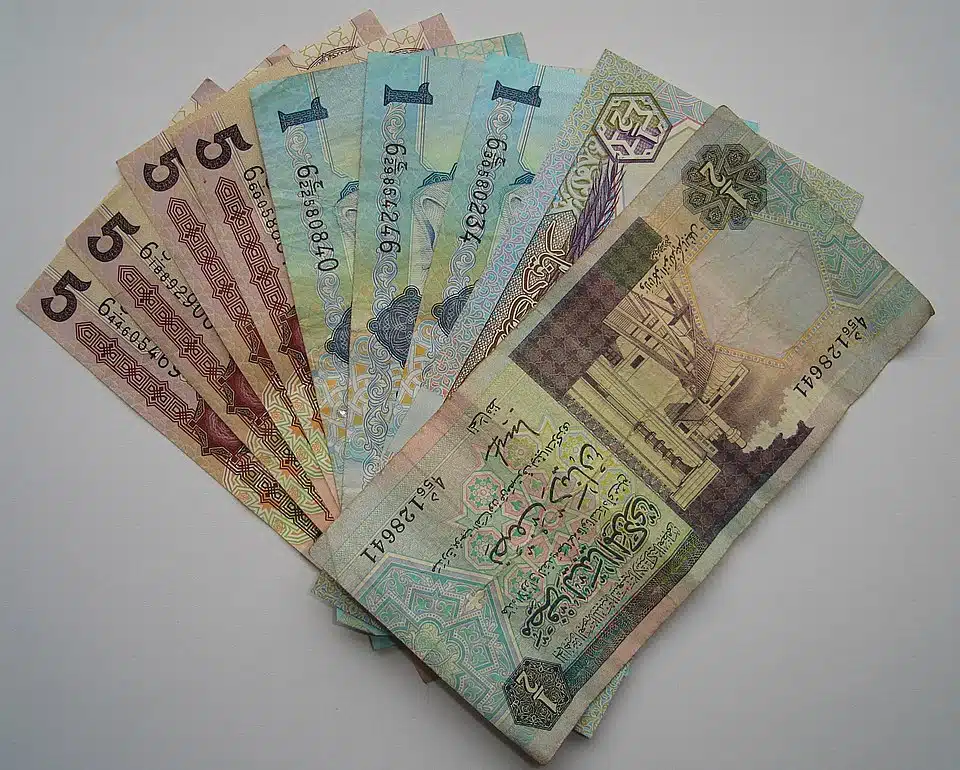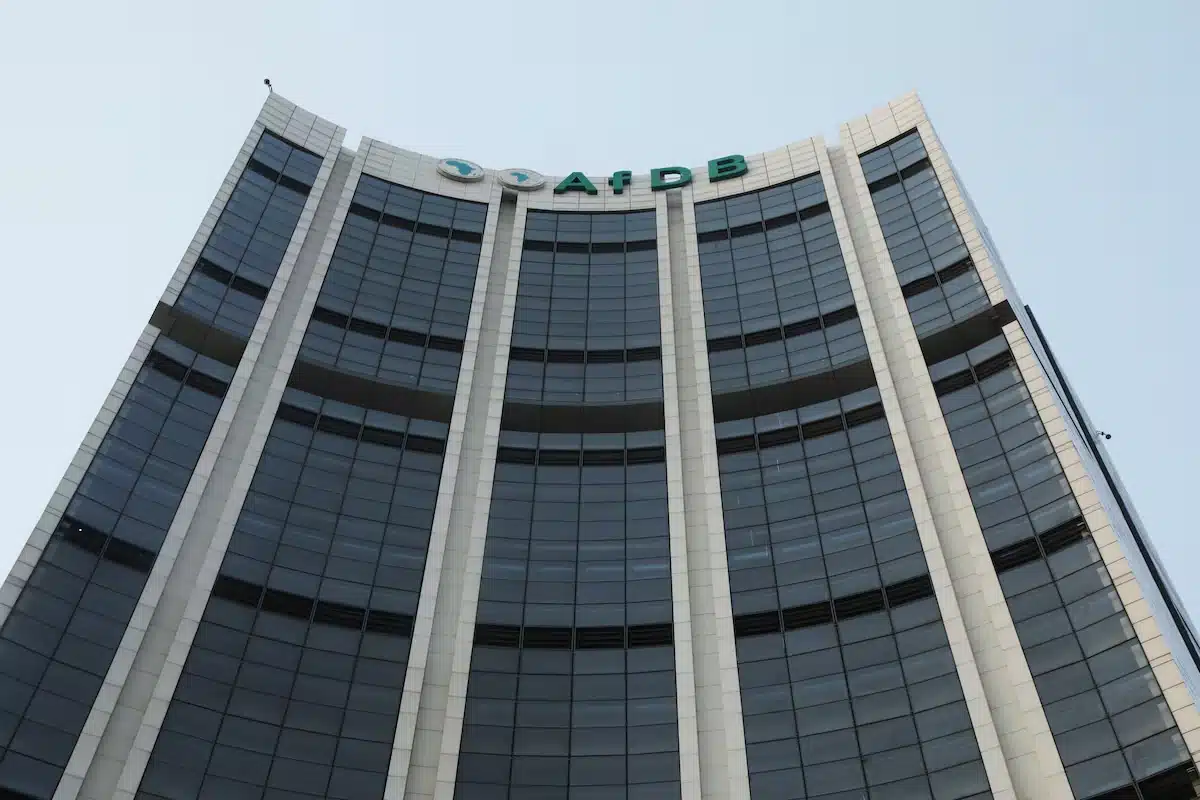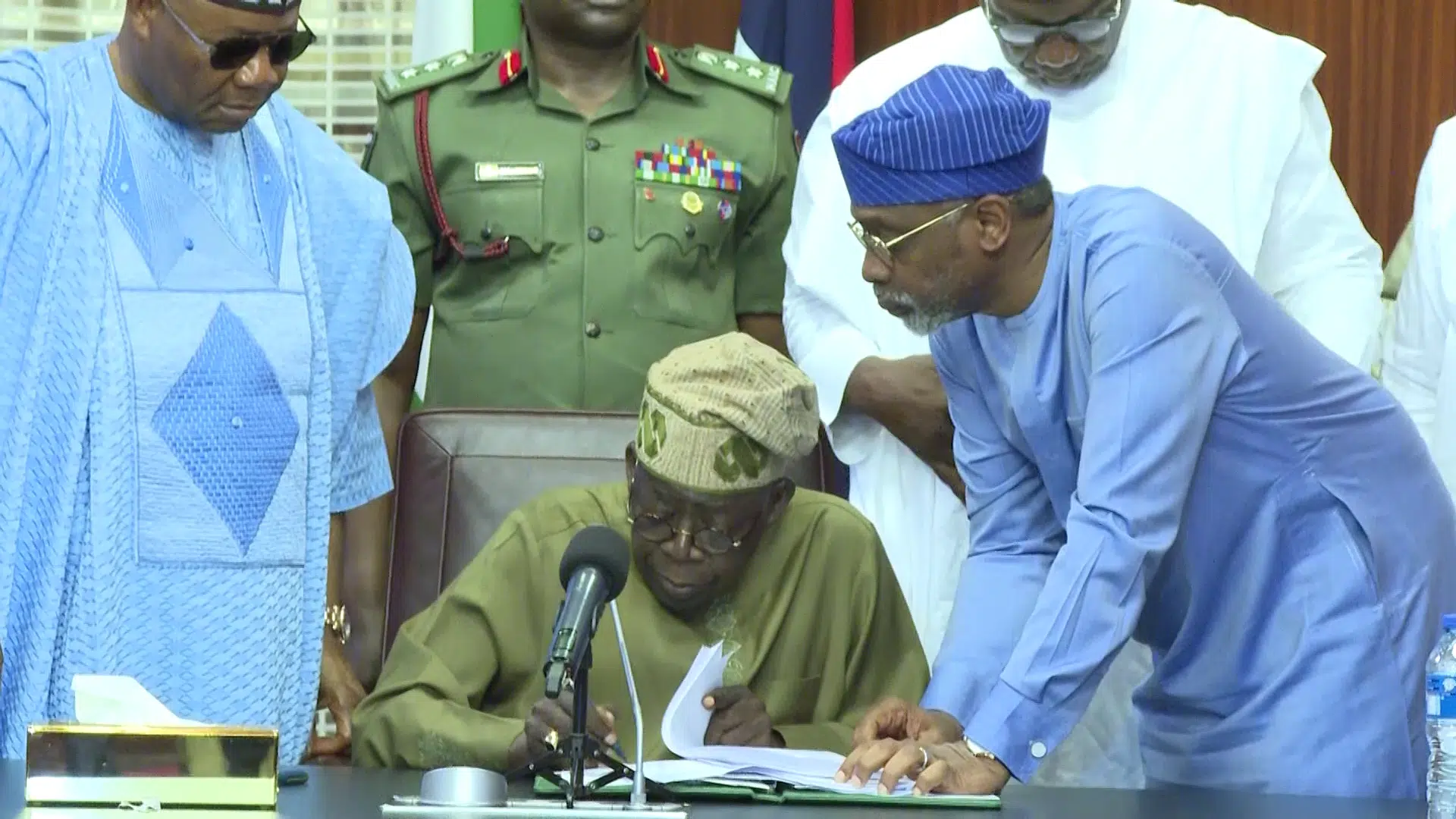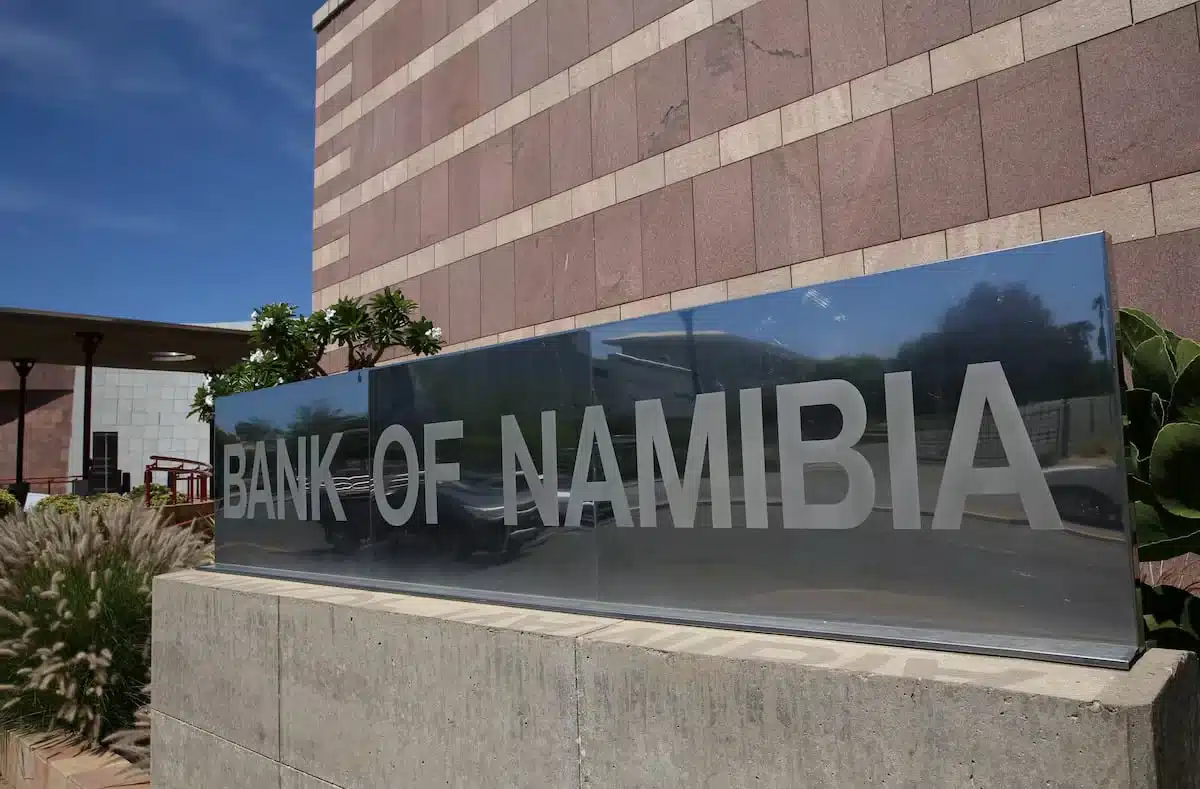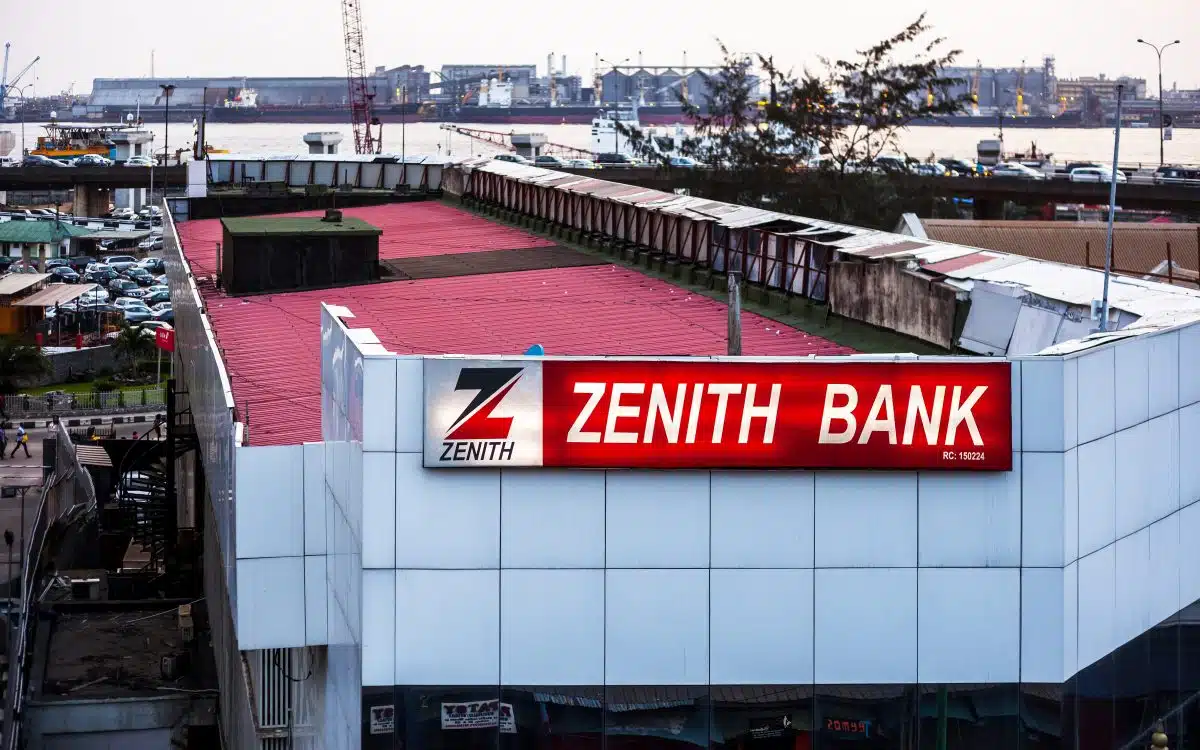Libya’s central bank on Monday devalued the dinar by 13.3%, lowering the official exchange rate from 4.48 to 5.5677 dinars per US dollar.
The decision—its first official devaluation since 2020—comes as the oil-rich nation grapples with rising debt, currency volatility, and ongoing political divisions that continue to paralyse fiscal governance.
Despite the adjustment, the official rate remains well below the parallel market price of 7.20 dinars, underlining the credibility gap in Libya’s financial system.
For years, the country has struggled to reconcile the existence of dual exchange rates—an economic distortion that has fuelled corruption, arbitrage, and inflationary pressures.
Analysts say that unless further reforms follow, the devaluation alone may do little to restore macroeconomic stability.
The fiscal landscape remains dire.
Government spending hit $46 billion in 2024, including 8.6 billion dinars in crude-for-fuel swaps.
Meanwhile, public debt has surged to $55.6 billion dinars, with projections indicating it could surpass $68 billion by end-2025 in the absence of a unified national budget.
This runaway spending has been compounded by Libya’s enduring political fragmentation, with rival administrations in the east and west running parallel fiscal policies and institutions.
The 2023 crisis over control of the central bank exacerbated these challenges, disrupting oil output and weakening the dinar on the black market.
Although a UN-brokered agreement helped to restore some stability and led to the appointment of a new central bank governor, Libya’s underlying fiscal imbalance remains unresolved.
The central bank’s recent policy shift appears aimed at narrowing the gap between official and market rates, potentially discouraging black-market currency trade, but its impact may be muted without broader structural reforms.
International observers, including the United Nations, have urged Libyan authorities to adopt transparent fiscal frameworks. Stephanie Koury of the UN Support Mission in Libya recently stressed the need for a 2025 budget with defined limits and oversight mechanisms.
Without political consensus and fiscal coordination, Libya’s latest currency move may only be a temporary fix to a deepening economic crisis.

